Sometimes a mystery is as turbulent as a whirlwind. It brings about twists and turns which do not favor the one who is unwilling to leave it unsolved, almost as though there is an awareness of the efforts which are being made to solve it. Such is the case with Short Night of Glass Dolls; a giallo which, due to its unconventional nature, is quite the viewing experience as Gregory’s point of view is one in which he is recalling his past. This makes for a journey in which the unraveling of his memory is as much of focal point as it is means by which he is coming to terms with the fact that the doctors don’t have his best interests in mind, which is fitting in that it mirrors the rate at which he is recalling his past. With this in mind, events such as the disappearance of his girlfriend as well as the moments in which those of high status are killed illustrate that he is not only haunted by his recollection, but they serve as a means by which he is at the mercy of the doctors. This is alluded to by way of the head doctor’s refusal to reanimate him, which is a brief but significant moment because in addition to the fact that it brings it the doctor’s motives into question, it bears in the mind the sinister nature of Gregory’s situation. There is the sense that he has no way out of it in spite of his pleading for help, which is accentuated by the ominous tone of Morricone’s score.
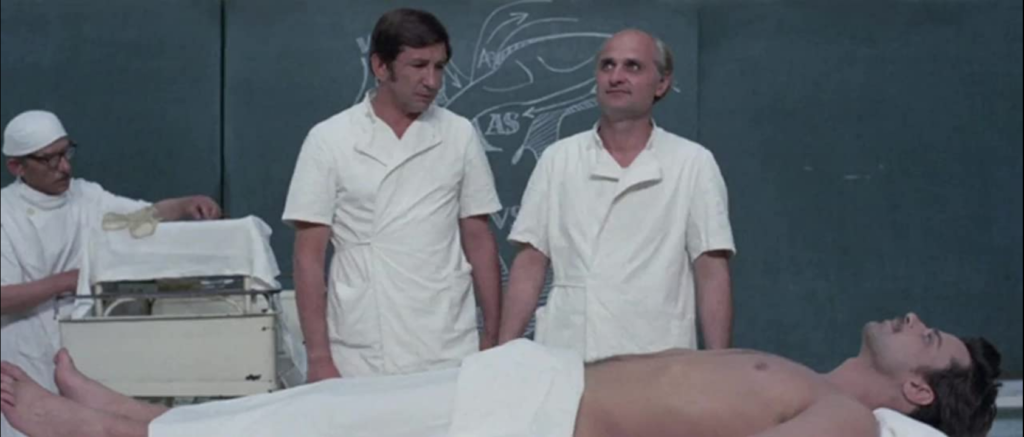
As I mentioned in the beginning of this analysis, sometimes a mystery is as turbulent a whirlwind, which I’m chewing on in regards to the camerawork. There is a scene in which Gregory is captivated by a chandelier, and as he is, the camera captures it in a way which emphasizes that he is stunned by its glimmer as well as its chime — both of which are as mesmerizing as they are demonstrative of the fact that he is recalling his past to the point where it intensifies his paralyzed state. This is why the camerawork is as effective as it is, and so it serves as the means by which Gregory’s recollection of his past has a bearing on his present state. Additionally, the moment in which he spins alongside the black and gold pattern is of note because it in addition to its psychedelic panache, it illustrates that he is reaching the apex of the mystery which, due to his determination to solve it, places him in the midst of a unpredictable turn of events, which is effective due to the fact that he is recollecting what led to his immobilized state as well as the otherworldly yet bewitching nature of the ritual. Both make for a finale that is likely to stick with you.
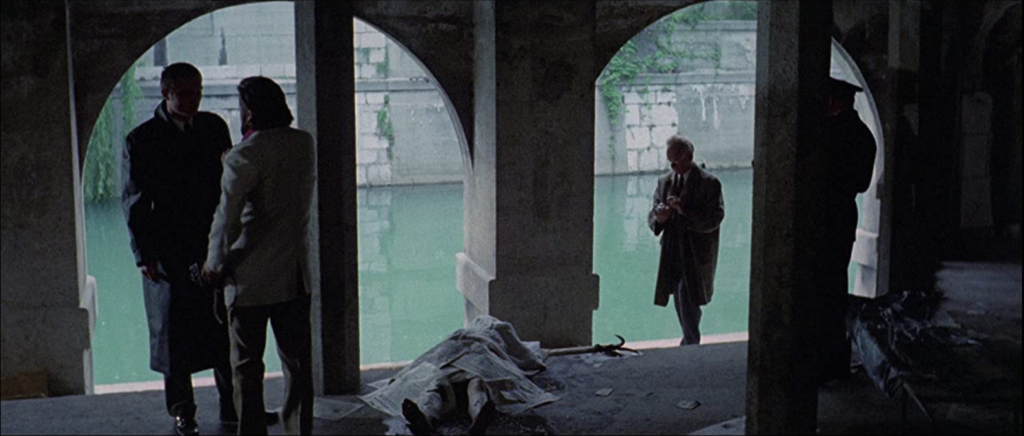
Occurrences such as a door slowly opening, a man getting pushed off of a bridge, and Gregory’s discovery of a messy room are all mysterious. Though they are few and far between, they are captured in a manner which bears in mind the complexity of the mystery, which works in the film’s favor because said occurrences emphasize that the milieu is one in which quick glimpses aren’t without bringing into question who is pulling the strings and what their endgame is. If anything, the absence of answers makes the mystery all the more engrossing to the point where the viewer is encouraged to connect the dots.
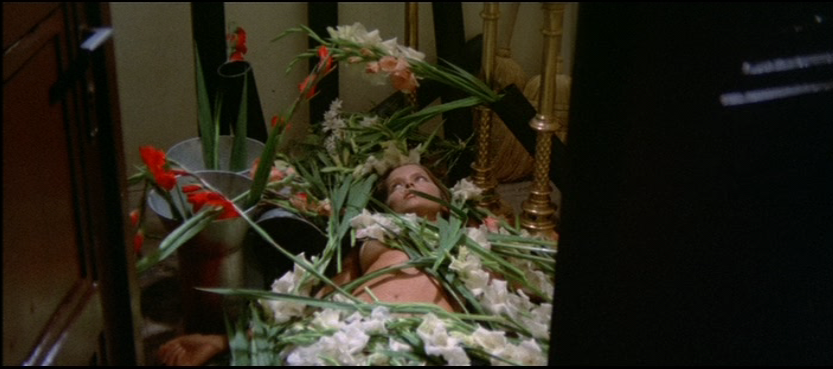
To me, Short Night of Glass Dolls is a film that, because of the familiar yet unconventional means by which the narrative plays out, is a standout among films of its ilk. It feels rooted in film noir, what with the protagonist recalling past events by way of flashbacks, which is of note. It’s a film that isn’t afraid to question the viewer’s perception of what constitutes a giallo, especially since there are no black gloved killers or razor blades to be found. Instead, it has a dreamlike feel to it that, because it’s so prominent, puts the viewer in the protagonist’s shoes. For this reason, it is a journey worth following, so give it a look if you haven’t. You’ll find that it has its fair share of surprises.

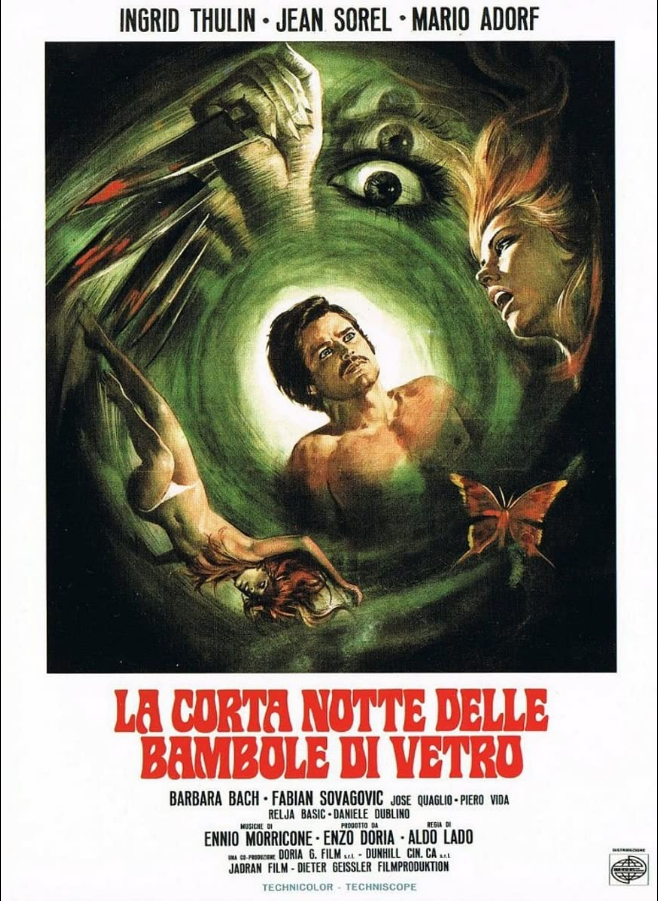
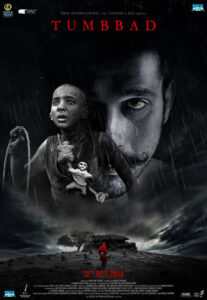

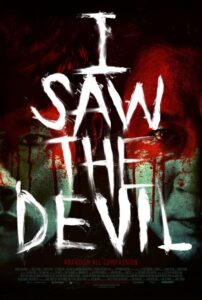
No comments! Be the first commenter?